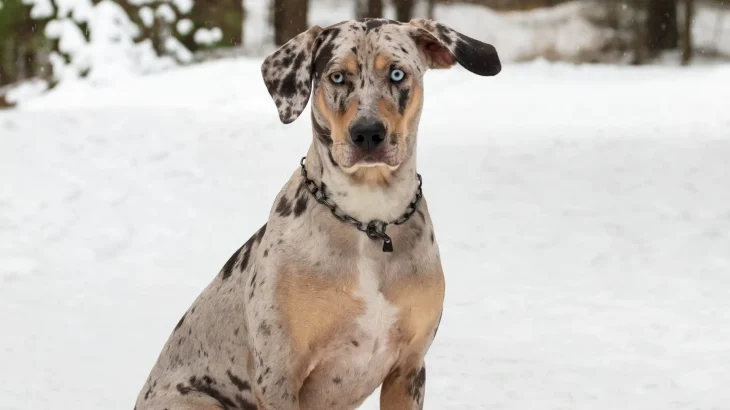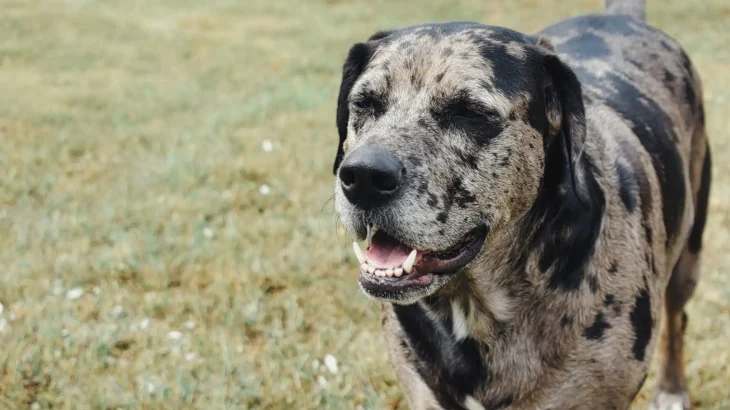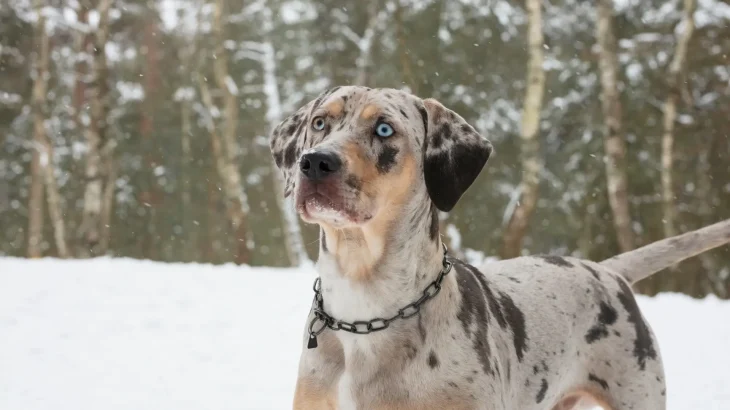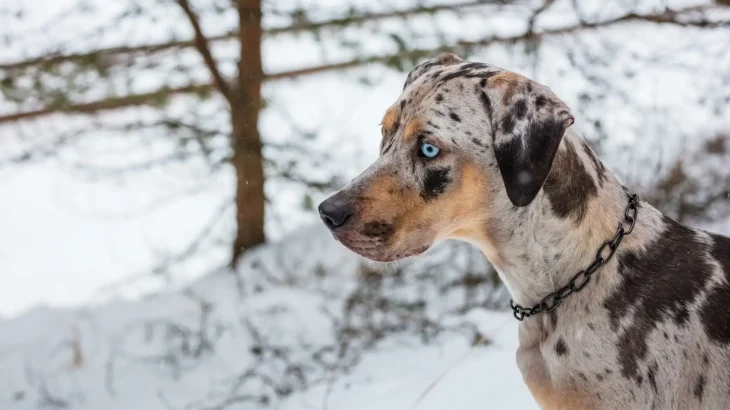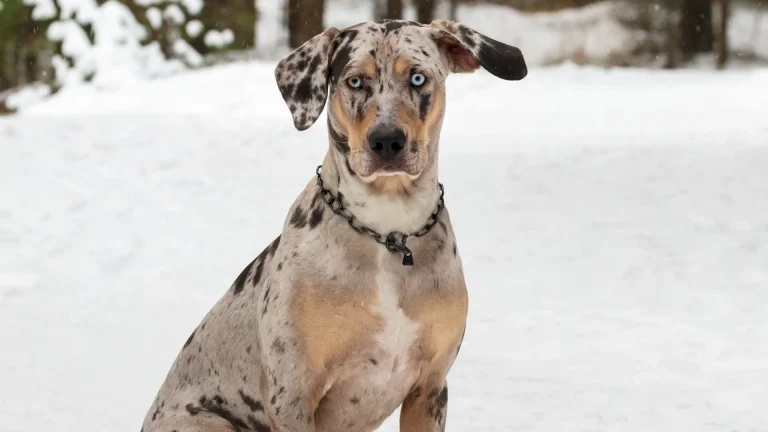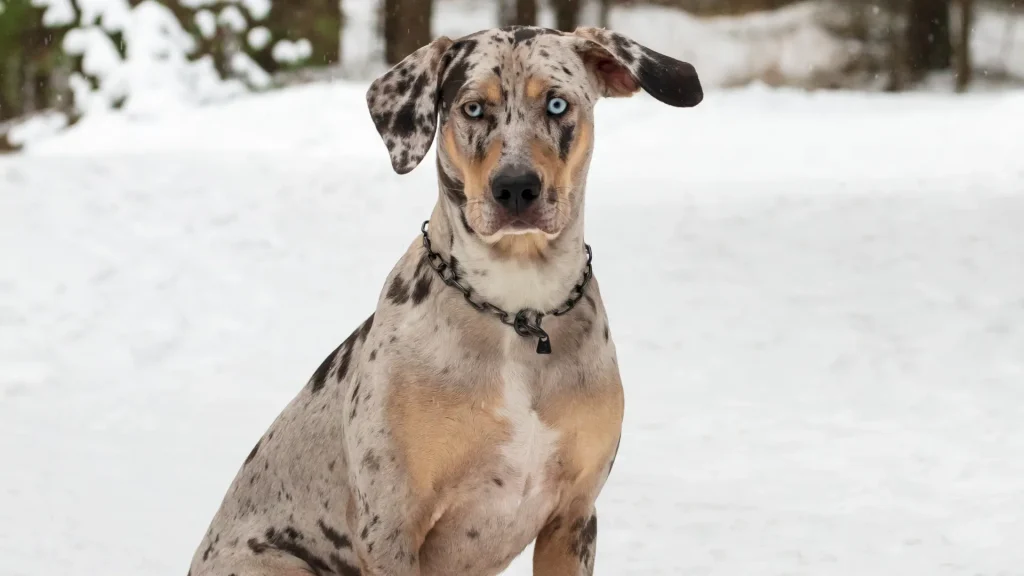When deciding whether to bring home a Catahoula Leopard Dog puppy, you can either adopt or purchase from a breeder. Adoption offers the chance to give a dog in need a loving home, while purchasing from a breeder can provide more insight into the puppy's background and health history.
Adoption vs. Breeder: Pros & Cons
| Criteria | Buying from Breeder | Adopting from Shelter/Rescue |
|---|---|---|
| Cost | Typically higher initial cost, reflecting breed purity and breeder care. | Lower adoption fees, often including vaccinations and spay/neuter. |
| Health History | Usually detailed records and health screenings. | Health history may be limited; shelters do basic checks. |
| Age Availability | Mostly puppies, allowing early bonding. | Various ages, including trained adults. |
| Temperament Insight | Breeders share lineage and early socialization info. | Shelter staff offer observation-based insights, but full background often unknown. |
| Supporting Practices | Supports ethical breeding when choosing responsible breeders. | Supports animal welfare by helping dogs in need. |
| Breed Purity & Pedigree | Breed purity and pedigree documentation usually guaranteed. | Breed purity often unknown; pedigree usually unavailable. |

